Santiago, Chile
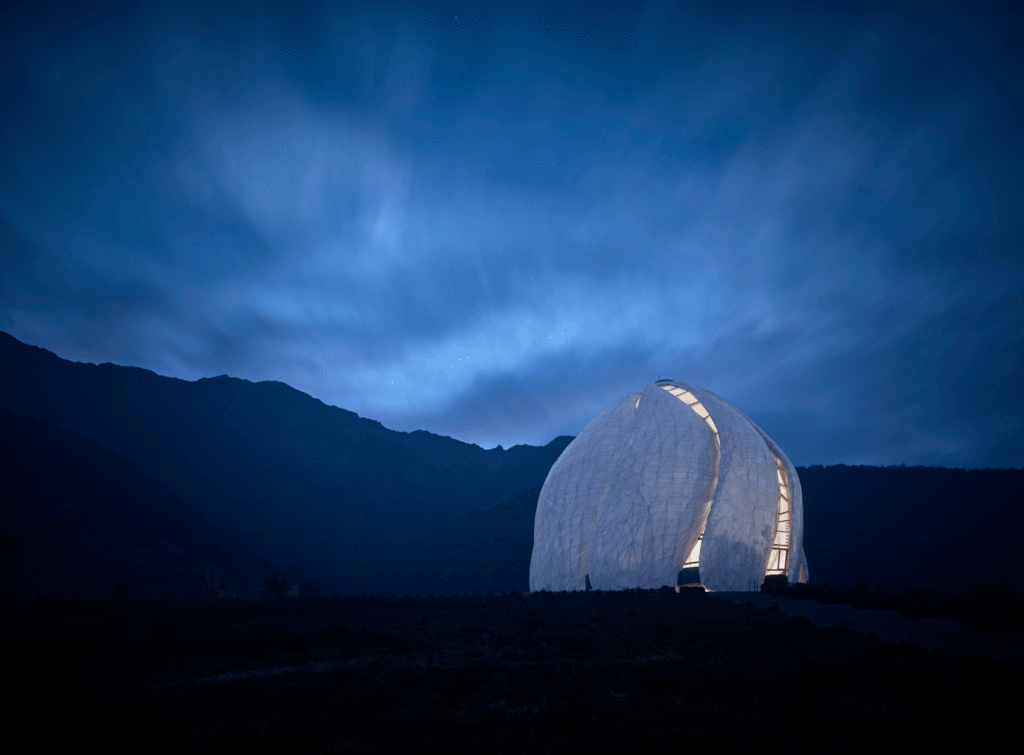
The following description is courtesy of Hariri Pontarini Architects.
The Bahá‘í Temple of South America in Chile, designed by Siamak Hariri of Hariri Pontarini Architects, has been shortlisted for The Royal Architectural Institute of Canada (RAIC) International Prize. Awarded every two years, this world-renowned prize celebrates architecture from around the globe that transforms society and promotes justice, respect, equality, and inclusiveness. The RAIC received submissions from 12 countries across six contents.
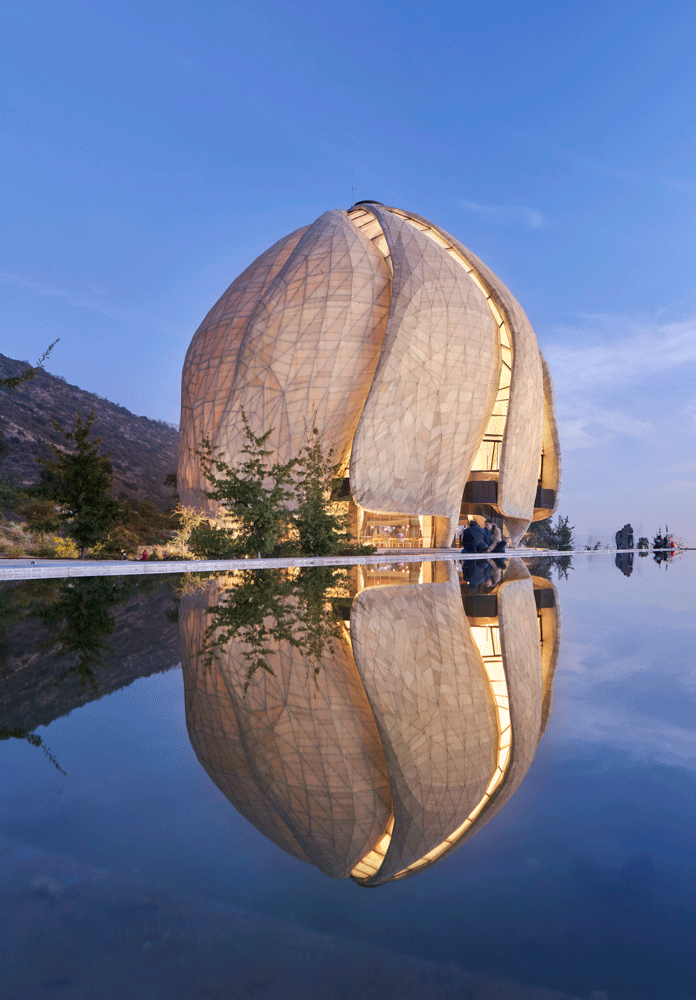
Hariri Pontarini Architects is the first Canadian firm to make the shortlist for this prestigious award. The winner will be announced at the RAIC gala in Toronto, Canada on October 25, 2019.
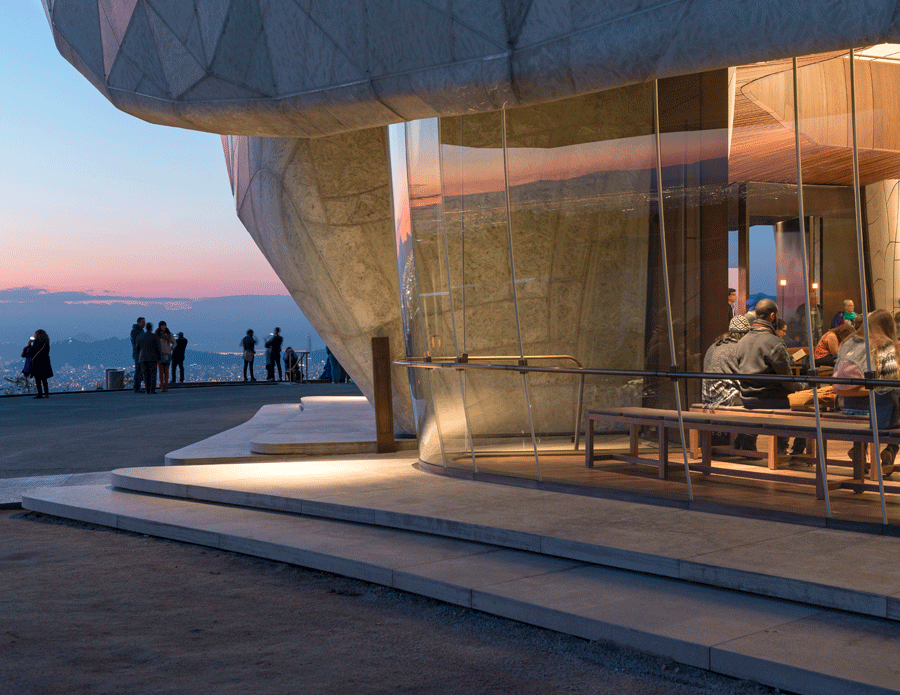
“The result is timeless and inspiring, a building that uses a language of space and light, form and materials, to express an interpretation of Bahá‘í philosophy and teaching that becomes universally accessible as a shared spiritual and emotional experience.” – RAIC International Prize, Jury Comment
Project Description
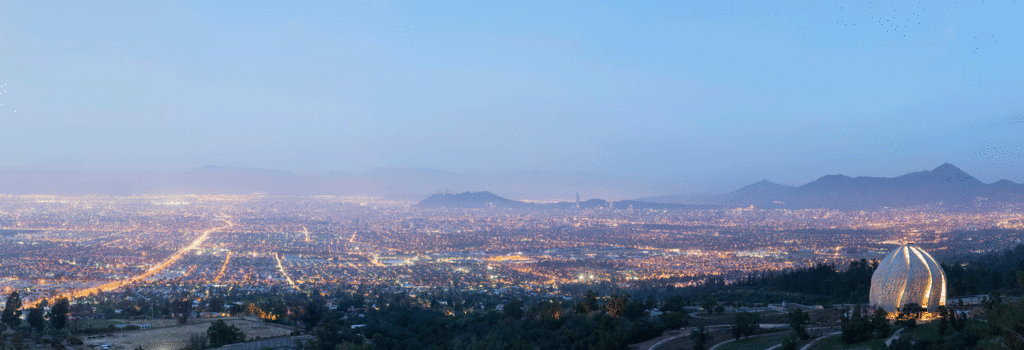
At the heart of this building there is a belief and an aspiration: that even now, in the fractured 21st-century, we can respond to a human yearning to come together, to connect to one another, and to something that moves the spirit. The Temple sits on the edge of Santiago and nestles against the spine of the Andes mountains. It was commissioned by the Bahá‘í House of Justice and is the eighth and final continental temple for the Bahá‘í Faith. But, central to its brief and its design is that it be a place of welcome, community and meaning for everyone.
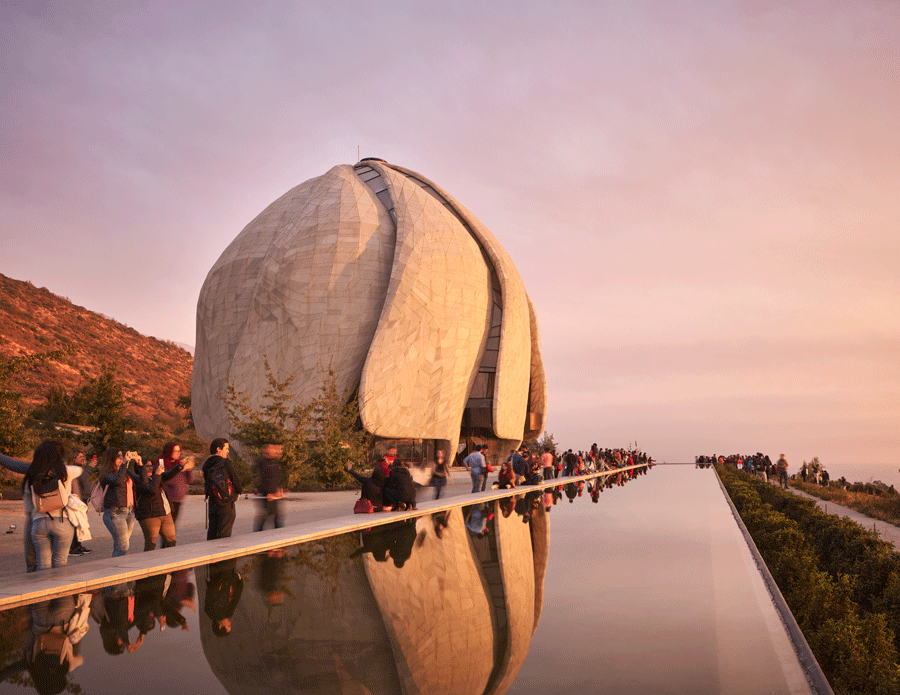
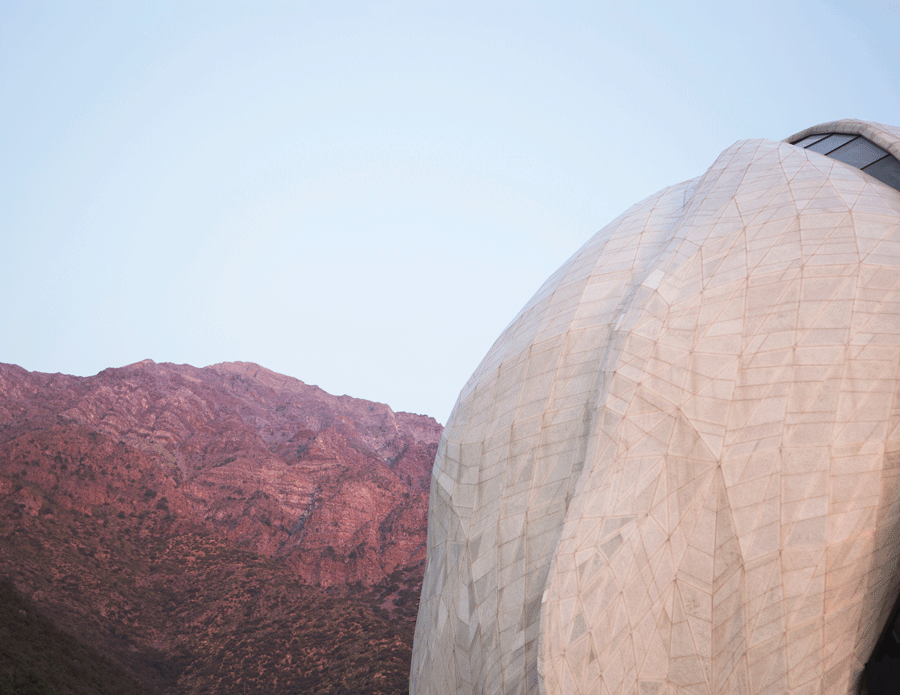
The Temple is a human place, universally appealing in its form and at one with its landscape. Distilled to its very essence, the Temple is a building that seeks to come alive with light – embodied light. Composed of nine identical, gracefully torqued wings bound to the oculus at the top, creating a weightless movement around a grounded centre, the Temple is light but also rooted and has a sense of permanence. A circular structure with nine sides, nine entrances open, figuratively and symbolically, to everyone.
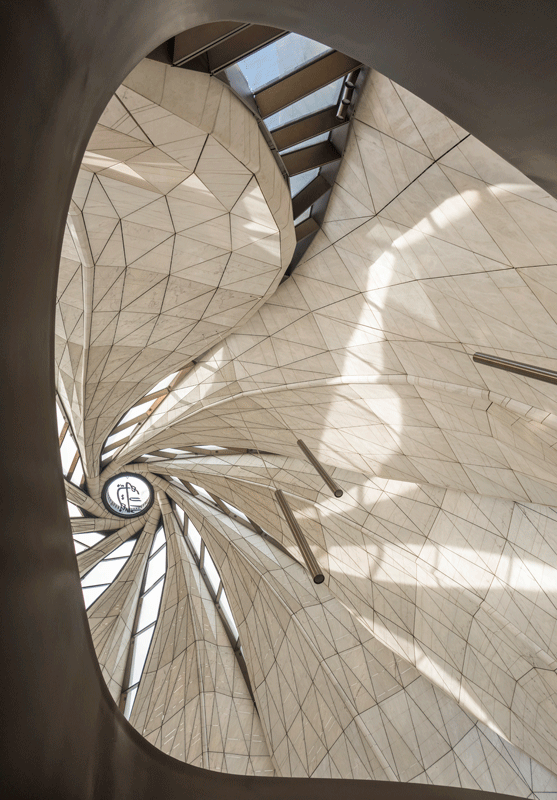
In contrast to the Temple’s subtlety on the landscape, once inside the building soars along with the spirit of those who enter. The voluminous interior is alive with a soft light that filters through the cast glass exterior and translucent marble interior of the wings, bathing visitors in warmth. The arched lines of the supple wooden benches invite people to come together, not for a congregation, but to congregate; to sit next to one another in quiet contemplation, sharing in the communal act of being. The alcoved mezzanine above allows those seeking solitude to tuck into themselves while not losing connectedness with the community below.
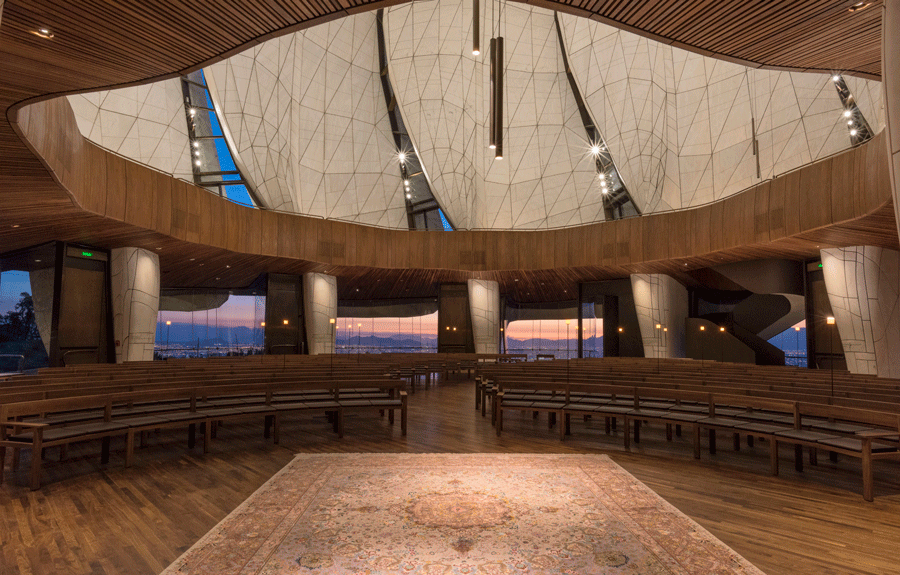
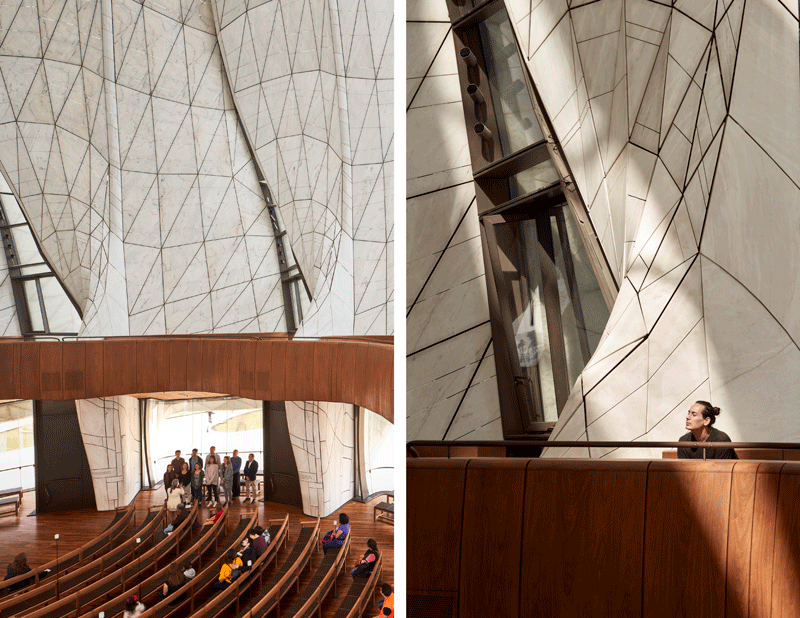
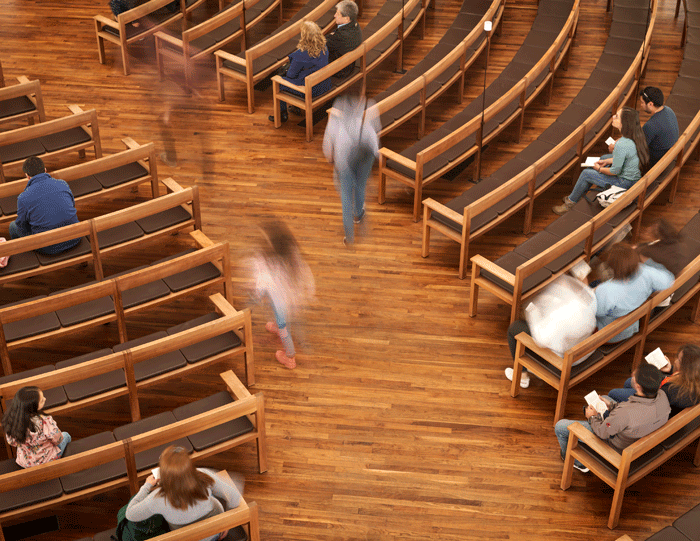
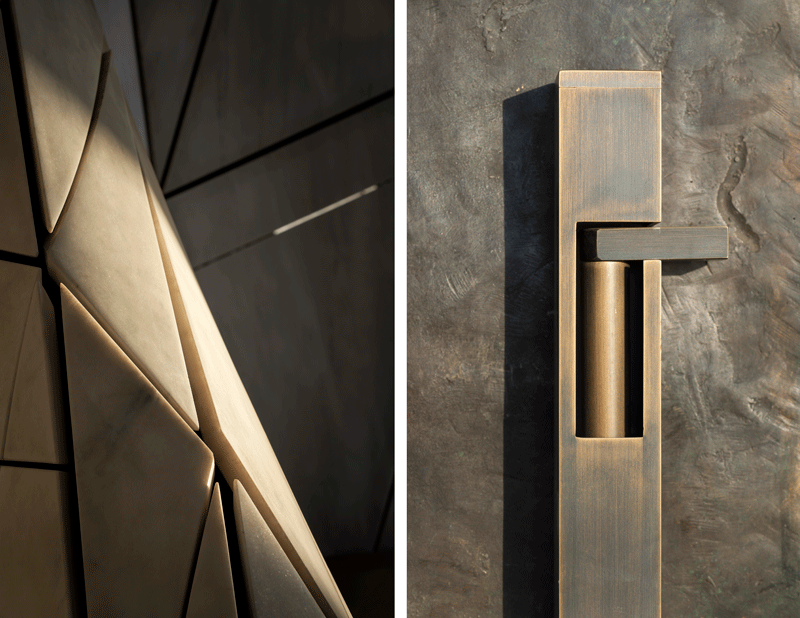
Given the intimacy and delicacy of the Temple, it is easy to overlook the inherent toughness of the structure and engineering required for the building to weather the rugged climate in this earthquake-prone region for 400 years to come. The process of achieving this was quite extraordinary, involving the hands of many; artisans, engineers and craftsmen from Canada, the United States, Europe and Chile, and a team of countless global volunteers. The process, like the building itself, drawing people together in pursuit of a common goal.
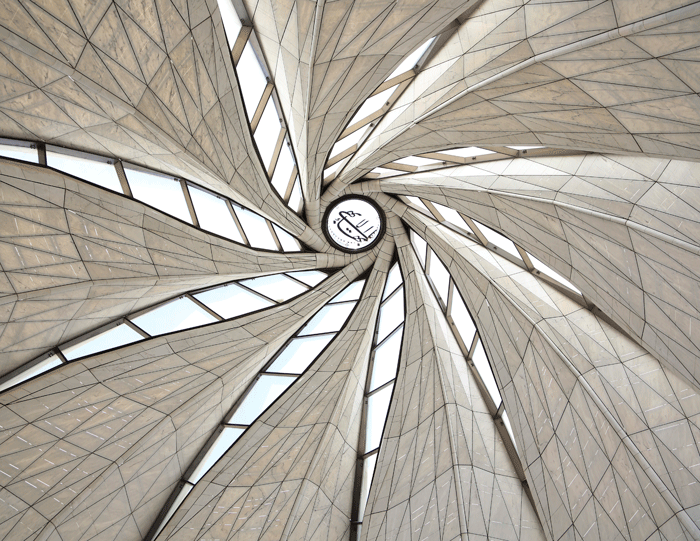
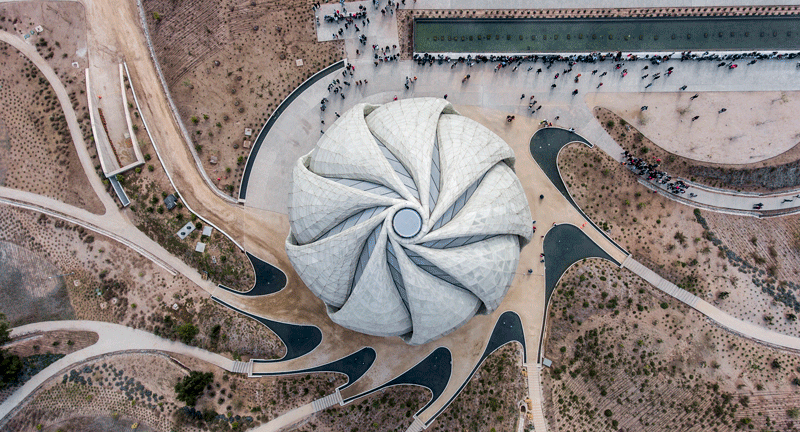
Expressing an unwavering belief in inclusion, the Temple has become the embodiment of human aspiration for commonality within diversity. Since opening in the fall of 2016, the Temple has quickly developed into a major attractor in South America, welcoming over 1.4 million visitors, and sees up to 36,000 people on busy weekends. Amongst these, many Mapuche, the indigenous peoples of Chile, who made the trek to the Temple their first journey away from their village. It holds an important place within the Chilean social landscape, hosting community clubs, youth outreach programs and children’s activities in partnership with the public schools. The Temple is a timeless place where people feel at home, able to hold their beliefs amongst others.
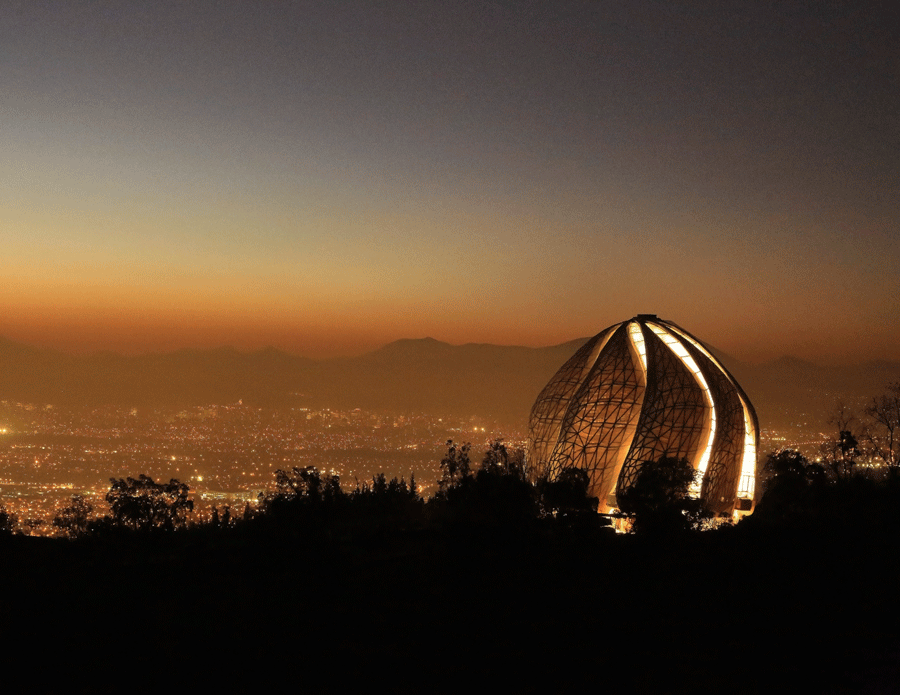
Project Team
Architecture Team
Lead Design Architect: Siamak Hariri, Partner-In-Charge
Project Manager: Doron Meinhard
Project Team: Justin Huang Ford, Michael Boxer, George Simionopoulos, Tiago Masrour Tahirih Viveros, Jin-Yi McMillen, Jaegap Chung, Adriana Balen, Mehrdad Tavakkolian, Donald Peters, Jimmy Farrington, John Cook
Consulting Team
Architects: Hariri Pontarini Architects
Local Architect: Benkal y Larrain Arquitectos
Superstructure and Cladding: Gartner Steel and Glass GmbH
Glass Cladding: Jeff Goodman Studio and CGD Glass
Stone Fabrication: EDM
Landscape Architect: Juan Grimm
Structural Consultant: Simpson Gumpertz & Heger, Halcrow Yolles, EXP, Patricio Bertholet M.
Mechanical & Electrical Consultant: MMM Group
Plumbing Consultant: Videla & Asociados
HVAC Consultant: The OPS Group
Lighting Consultant: Limari Lighting Design Ltda., Isometrix
Acoustics: Verónica Wulf
Way-Finding Graphics: Entro Communications




